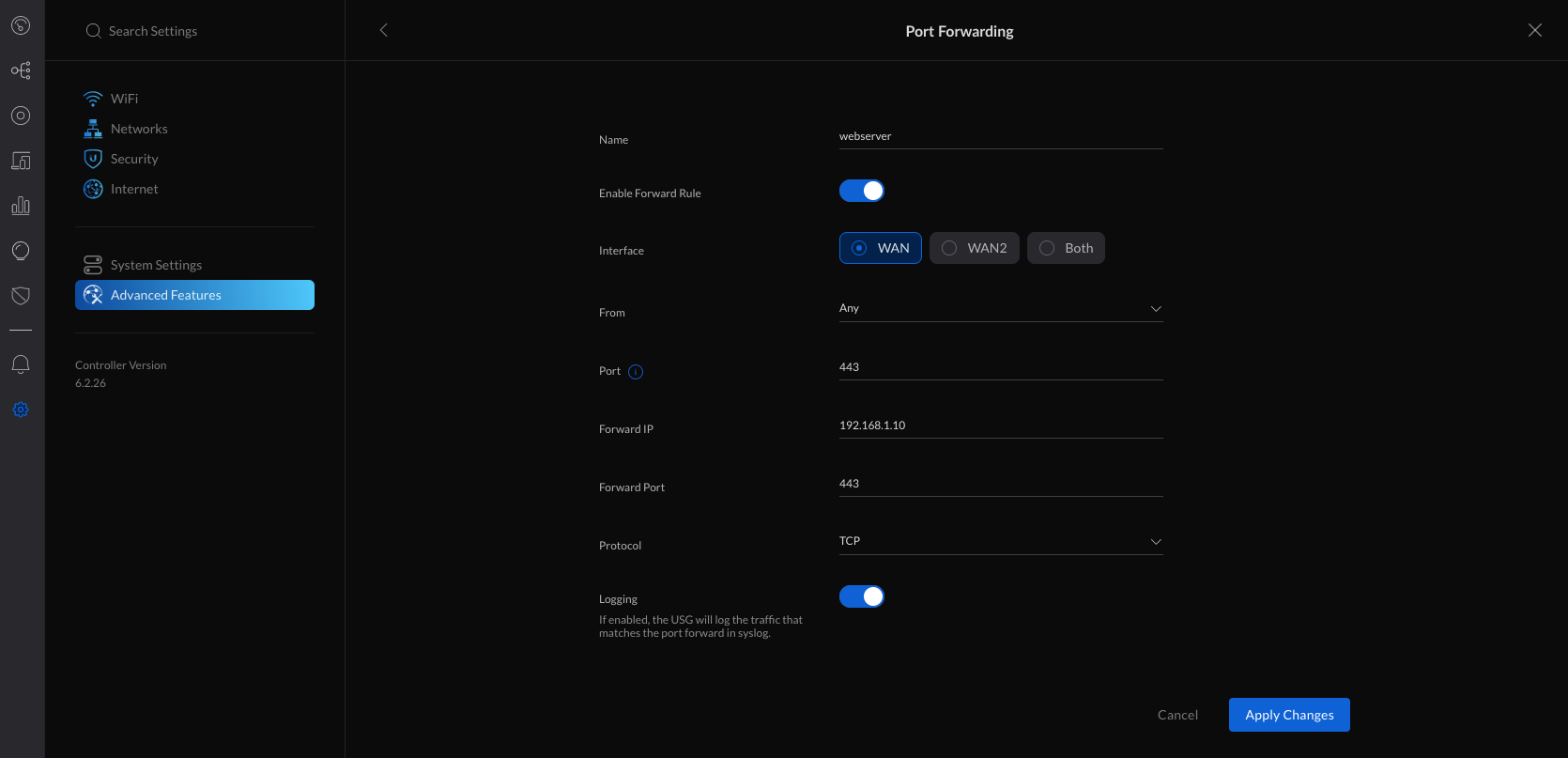


Only allowing if, and controlling broadcasting are quite the particulars of VLAN'ing.

Like the router, I would have it on the LAN proper as it should be with the filtering happening per segment of the VLAN. Oh, BTW I wouldn't have the DNS located on the or a VLAN's. If a DNS response is larger than 512 bytes, or if a DNS server is managing tasks like zone transfers (transferring DNS records from primary to secondary DNS server), the Transmission Control Protocol (TCP) is used instead of UDP, to enable data integrity checks. A DNS query is a single UDP request from the DNS client followed by a single UDP reply from the server. UDP is preferred because it is fast and has low overhead. Just to note, DNS is TCP and UDP, you should always configure for both:ĭNS Transport ProtocolDNS uses the User Datagram Protocol (UDP) on port 53 to serve DNS queries. So you have to ask, can the port 53 request go egress and ingress? This video from Lawrence Systems might be very helpful for you: The issue with VLAN's is that you segmented the networks. Having all DNS servers configured to handle both external and internal resolution can impact the performance and security of a network."
Port forward network utilities pro how to#
"When deciding how to allocate DNS resources on a network it’s important to implement some separation between external and internal Domain Name Services. And this is why in paragraph two they mention: It will be forced to use the firewall's DNS by being redirected, and if such a record isn't seeded, then well, it will not go anywhere. You can also NAT your request with pfSense and Pi-Hole to make sure that you do not have any outside resolving, such as a host that is configure to use its coded DNS, or an compromised system that is programmed to use an external source. Decrease the resolution time and even the transit time, and the networking is faster. You can feel/see the difference since the main mechanism of the networking is knowing where to go. Forwarding means your inquiry is local host cache, then forwarded to the external server which can be very slow. You will have a cache at host, then at DNS, if not it is sent out to the roots this way. You will benefit from the caching of your local server by not having to go out of your local segment too much. Having a local DNS and cached is much faster, especially if there are more users in the household. Technically it is a trade-off, and knowing the tradeoff is the key. Encrypting, and all that is nothing but bullshit, for they know what you looked at-its just those in the transit will most likely not. IMO, if the ability is to use the DNS server internally is available, such as me using pfSense or Pi-Hole, then this is the BEST method possible. Usually, all DNS servers that handle address resolution within the network are configured to forward requests for addresses that are outside the network to a dedicated forwarder. This website does well enough to cut and paste ( ):ĭNS forwarding is the process by which particular sets of DNS queries are handled by a designated server, rather than being handled by the initial server contacted by the client.


 0 kommentar(er)
0 kommentar(er)
